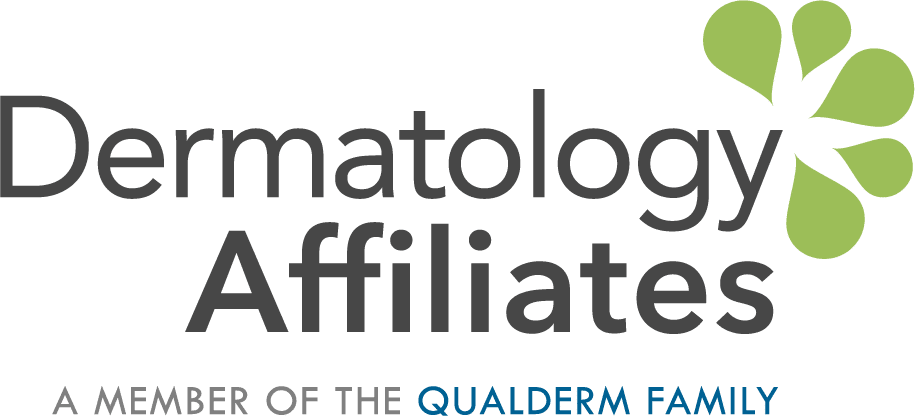Botox Bingo is a fundraiser for Big Brothers Big Sisters of Atlanta where you have 5 chances to win a Botox treatment! Come join us for an evening of complimentary food, beverages, and entertainment. Dermatology Affiliates Botox Bingo is a fun, exciting way...
Living With Rosacea: Part 2, by Cynthia Abbott, MD

Recovery from the procedure varies from no recovery necessary to 7-10 days of bruising with mild swelling. It is not necessary to bruise to get results, but bruising may be associated with fewer treatments. Taking aspirin or ibuprofen or other NSAIDs prior to the procedure may increase the chance and duration of bruising.

In this photo you can see a little bruise from the procedure. Most patients do not bruise, but it is a possible effect of the procedure.
Rosacea is a disease of flushing and blushing. Repeated flushing and blushing leads to enlarged capillaries causing red face acne and swelling. When broken and enlarged capillaries near the skin surface are treated, blood flow is redirected to healthy capillaries in deeper tissue that are less prone to injury by environmental temperature changes. Clearer skin with few pimples and flushing symptoms is the result. Internal flushing and inflammatory components in rosacea patients lives, such as hot Thai food, the warm glow after a glass of wine, or overheating from exercise, can be kept in deeper, less visible areas of the skin.

Close up of Dr. Abbott’s bruising.
Unfortunately, angiogenesis, or new capillary formation, will occur over time with continual insult. Being a rosacea patient myself, I have accepted the fact that my choices may require treatment every few years. And since I occasionally like the “spice of life,” I’m ok with that.
